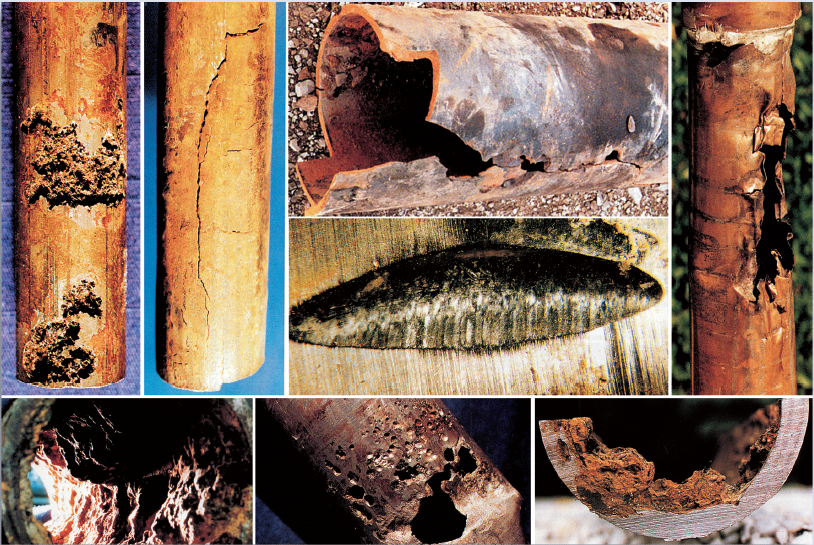

Disadvantages include difficulties associated with inspection and repair of a reactor immersed in opaque molten metal, and depending on the choice of metal, fire hazard risk (for alkali metals), corrosion and/or production of radioactive activation products may be an issue. Liquid metals, being electrically highly conductive, can be moved by electromagnetic pumps. This makes them attractive for improving power output, cost effectiveness, and fuel efficiency in nuclear power plants. Additionally, the high temperature of the liquid metal can be used to drive power conversion cycles with high thermodynamic efficiency. To improve cooling with water, most reactor designs are highly pressurized to raise the boiling point, which presents safety and maintenance issues that liquid metal designs lack. This makes them attractive in situations where size and weight are at a premium, like on ships and submarines.


They have also been used to power nuclear submarines.ĭue to their high thermal conductivity, metal coolants remove heat effectively, enabling high power density. Liquid metal cooled reactors were first adapted for breeder reactor power generation. Nuclear reactor where the coolant is liquid metalĪ liquid metal cooled nuclear reactor, or LMR is a type of nuclear reactor where the primary coolant is a liquid metal.


 0 kommentar(er)
0 kommentar(er)
